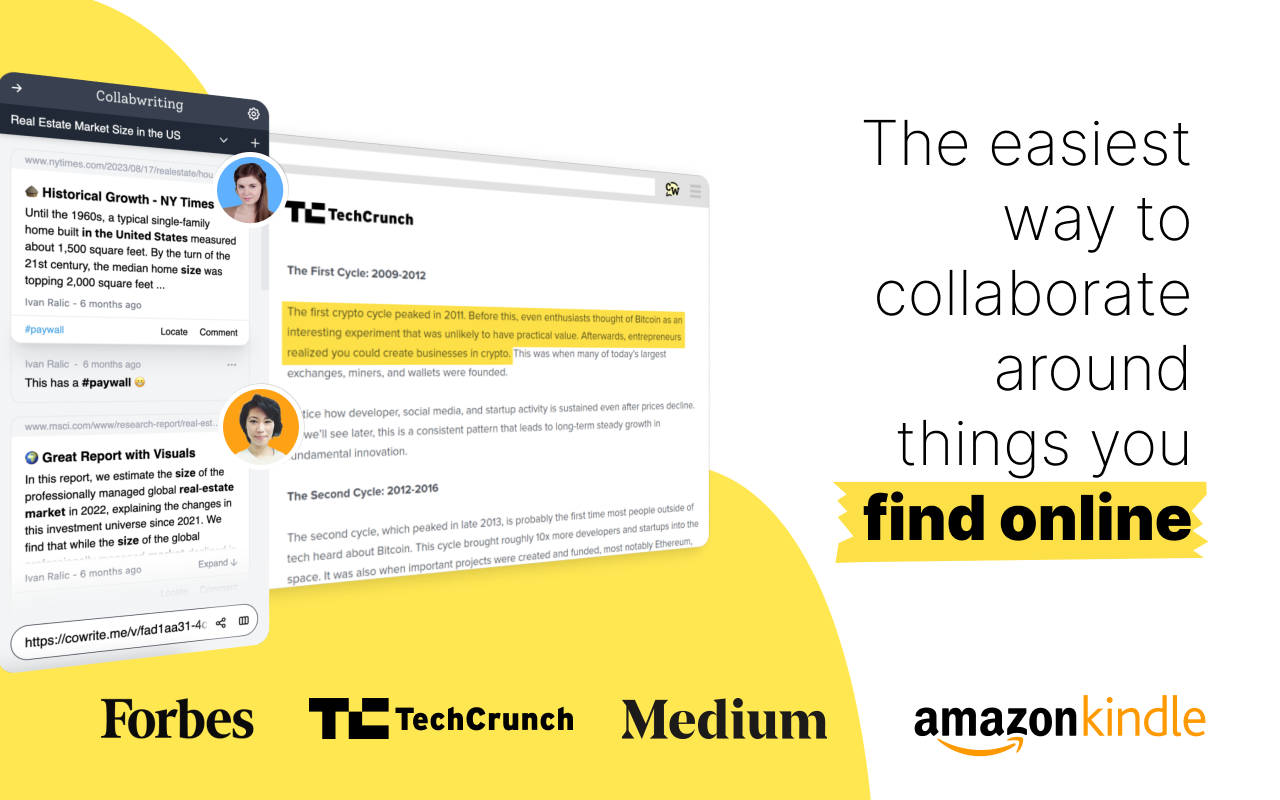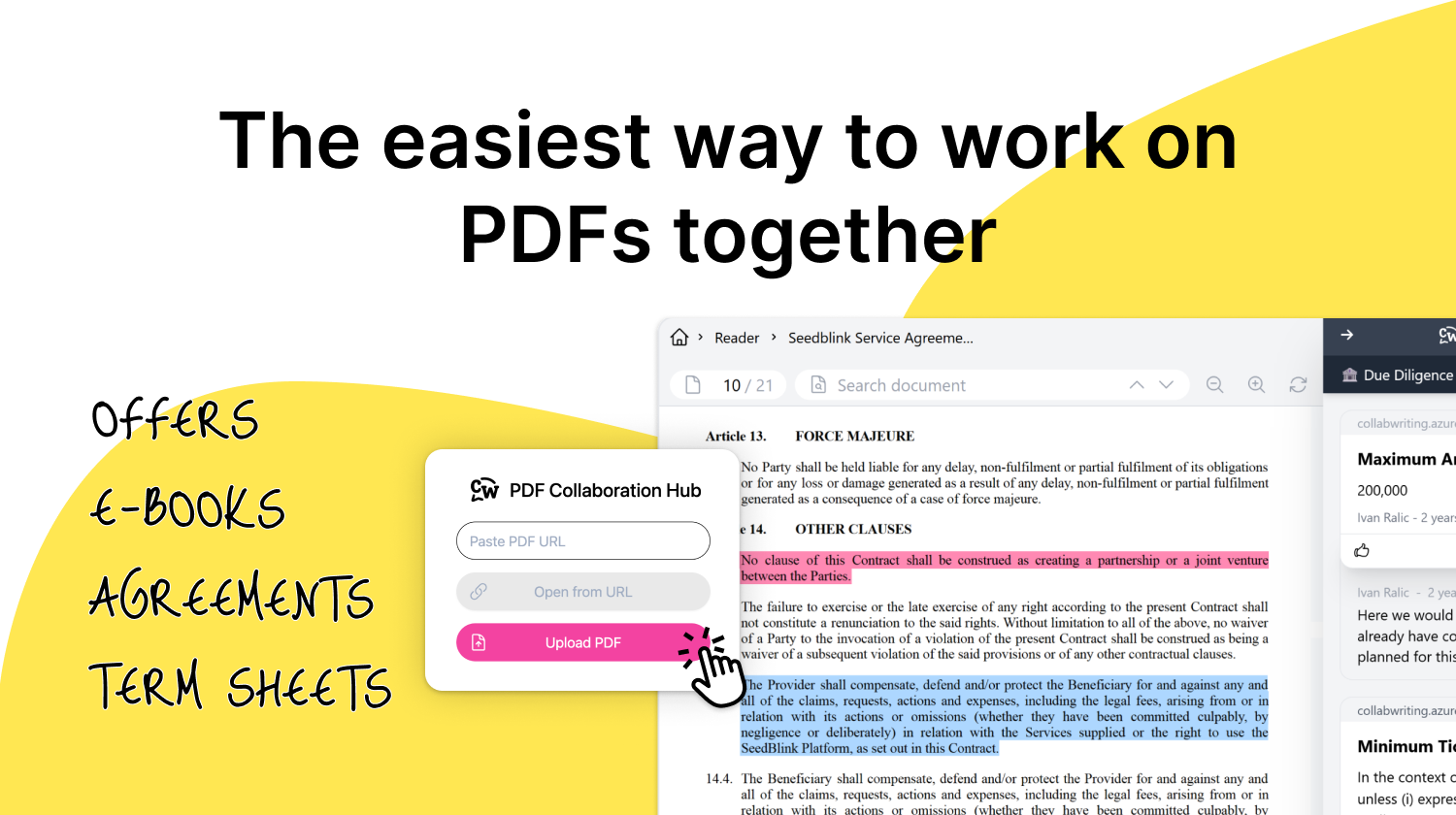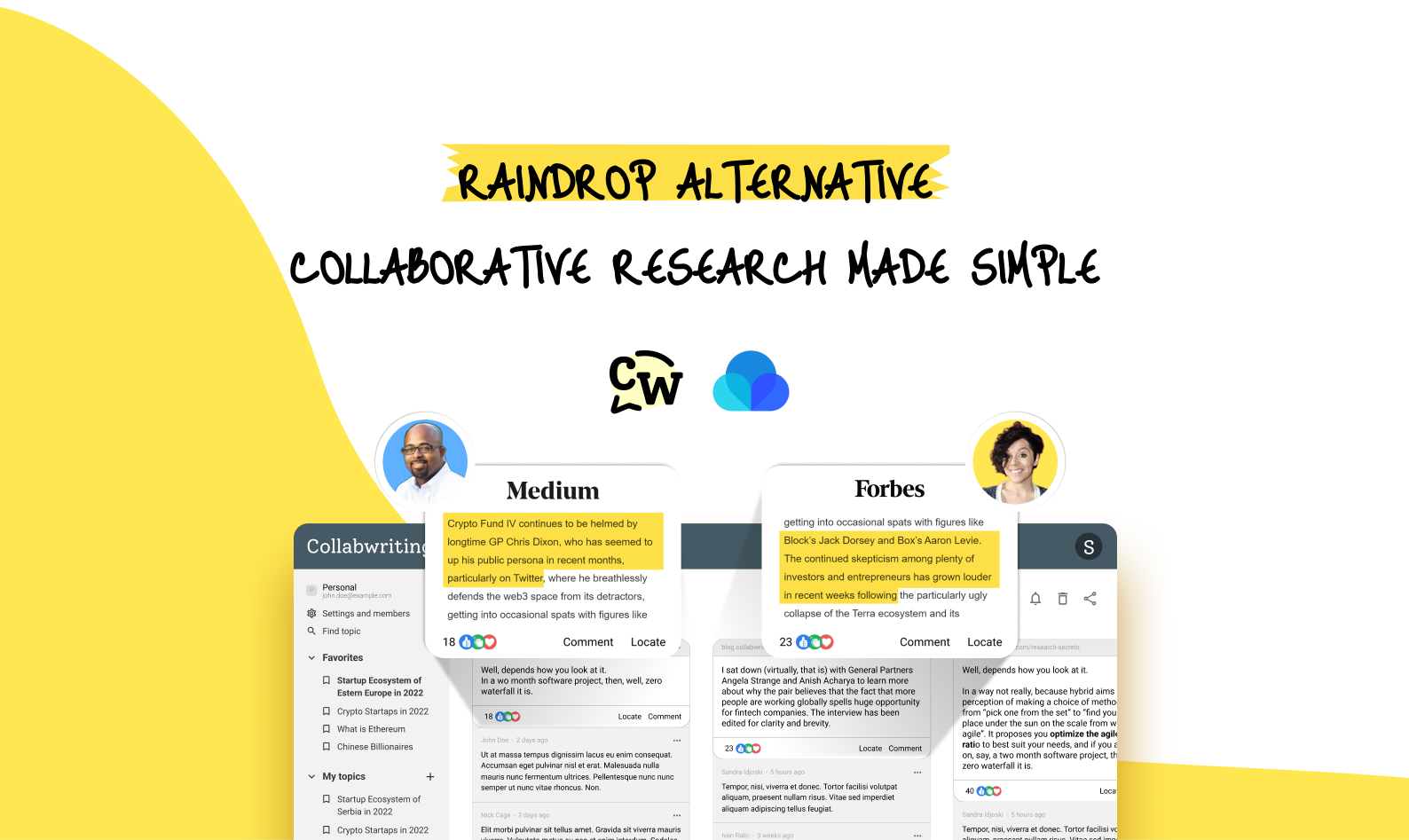If there's one thing we all do online - it's research.
Whether you're shopping, learning, building, or brainstorming, you rely on the web to guide decisions.
But here's the thing:
Most of us were never taught how to research well.
We open 12 tabs, scroll through endless articles, take screenshots, maybe even copy-paste into a doc... and end up with a mess.
If you're working solo, it's tiring.
If you're collaborating, it's chaotic.
That's why getting better at research is not just helpful, it's like a superpower, especially in a work context where solid research leads to smarter decisions.
Here's a simple 6-step process you can follow to make your research faster, clearer, and easier to share.
#1 Define the topic and set a goal
Don't open tabs, define questions.
Start with one clear question. Ask yourself:
- What do I want to learn?
- Why does it matter?
- What will I do with the information?
- Who else will use it?
This gives your research direction and helps you avoid information overload later.
Be specific.
✖️ Instead of: ''I'm researching marketing trends.''
✔️ Try: ''I'm looking for 3 current B2B content strategies used by SaaS startups in Europe.''
Once you're clear on your goal, list 3-5 focused questions to guide your research.
This helps you filter out noise and stay on track.
💡 Why are you undertaking this research?
💡 What would you like to learn?
💡 Who will be involved with the data found through this research?
💡 What business goal is connected to this research?
#2 Choose the right sources
Not everything deserves your attention.
You don't need every article. You need the right ones.
Focus on sources that are:
- Relevant to your goal
- Trusted in your industry
- Specific, not generic
The second step should make your process easier by narrowing down the list of available research sources.
For example, if you're doing a competitor analysis, skip blog posts and go straight to:
✔️ Competitor websites
✔️ Industry reports
✔️ Customer reviews
✔️ LinkedIn content
#3 Look at the previous research - Review what already exists
Before you dive deep, see what's already been said.
Look for existing answers, discussions, or research on the same topic.
Past threads, old reports, or even Slack messages might hold insights you missed.
Since it's easy to get lost in the sea of information, it's essential to store it in a way that's easy to reuse in the future and potentially share with your team.
⚡ Tip: Use a tool like Collabwriting to highlight and save key insights as you browse. It keeps everything in one place, and lets you comment or tag anyone directly on the source.

Collabwriting - Shareable Notes on Web Pages and PDFs
Collabwriting allows you to gather all your online sources in one place. Just highlight, save, and collaborate with anyone on any content you find online.
#4 Check for bias and relevance
Not all sources are created equal.
Before you trust what you read, ask:
- Who wrote this , and why?
- Are they trying to sell something?
- Is this opinion or evidence?
- Are they experts in a specific field?
Also, look for what's missing. A single perspective can be helpful but a mix of viewpoints is what gives depth to your research.
🎯 Pro tip: If something sounds too confident, dig for the nuance.
#5 Fill in the gaps
Secondary research isn't always enough.
You can get plenty of data through secondary research, but it's not always exactly tailor-made for the questions you're looking to answer.
Sometimes, what you need simply isn't online. In that case, it’s time for primary research to fill those gaps with new information:
- Short surveys
- Internal interviews
- Data from your own product or team
For example: Can't find what your target customers really care about? Ask them. Even 5 well-structured answers can change your strategy.
#6 Draw conclusions - Sort, synthesize, and share
Don't let your research die in a doc.
Now's the time to:
- Organize your research notes by topic or theme
- Answer the questions you set at the start
- Highlight key takeaways for your team or future self
And please, don't just dump links in a spreadsheet.
With Collabwriting you can:
✔️ Save exact snippets with source context
✔️ Add comments, tags, and collaborators
✔️ Create topic clusters across articles and formats (even YouTube & PDFs)
Final thought
Do all these steps seem like a time-consuming job?
They can be.
Either way, research doesn't have to feel like detective work with no closure. With a clearer process and the right tools, you can:
- Spend less time digging
- Make better decisions
- Actually enjoy the process (well, mostly 😅)
The internet has the answers.
You just need a better way to catch them.
FAQ
Why is online research important?
Because we make decisions based on what we read, whether we're buying, building, or learning. Solid research leads to smarter choices, especially in a professional setting where bad input can lead to bad outcomes.
What's the biggest mistake people make when doing online research?
They jump straight into Google without knowing what they're really looking for. This often leads to tab overload, scattered notes, and unclear takeaways.
How do I define a good research question?
Be specific. Instead of broad terms like ''marketing trends'', define a focused question like:
- What LinkedIn strategies are B2B SaaS companies using in 2025?
Which sources should I trust when researching online?
Stick to sources that are:
- Relevant to your topic
- Created by credible experts
- Transparent about their intent
- Frequently updated
Examples: whitepapers, official data, expert blog posts, competitor websites.
What should I do if I can't find all the answers online?
- Run a quick survey
- Interview a colleague or customer
- Analyze internal data
This fills the gaps left by general sources.
How is Collabwriting different from bookmarking tools?
Bookmarking saves the page.
Collabwriting saves the relevant part, with your notes, tags, and collaboration, all in context. It's like research with memory.
Can I use this research method for personal topics too?
Absolutely. Whether you're exploring a new hobby, planning a trip, or comparing tools, the same 6 steps apply. Define your goal, be intentional, and stay organized.







![5 Tools Marketers Use to Organize Research - Compared [2025]](/content/images/2025/11/cover-4-1.png)

![Build Credibility in Research: Smart Way to Verify Information and Track Sources Easily [2025]](/content/images/2025/10/covers-for-blog--7--1.png)

![How Marketers Can Turn LinkedIn Content into Collaborative Research [2025]](/content/images/2025/10/covers-for-blog--8-.png)
![Best Readwise Alternative for Personal & Team Research [2025]](/content/images/2025/09/Frame-814--3-.png)

